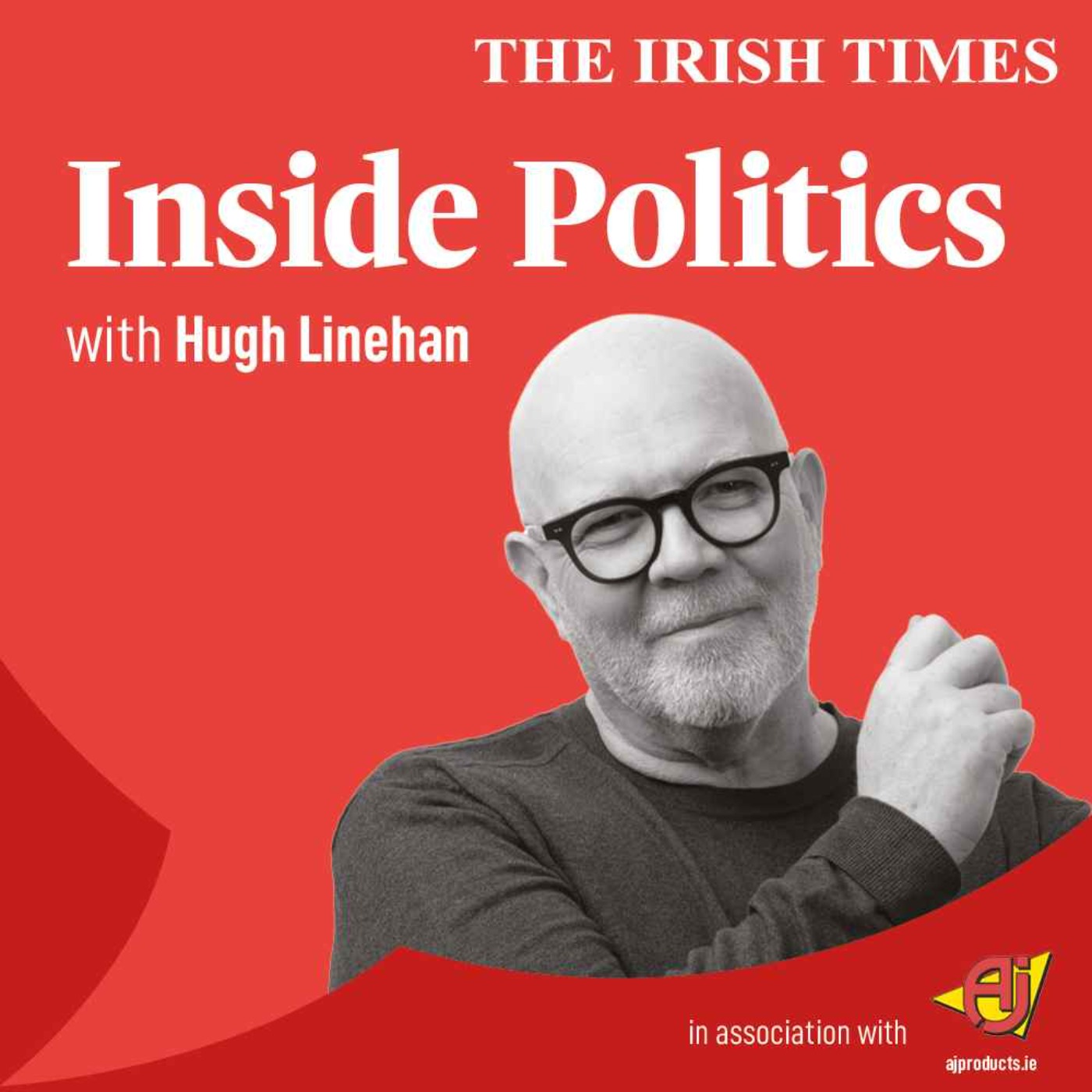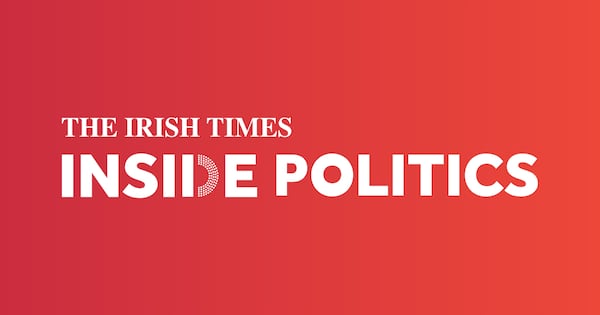There are three principal messages from today’s Irish Times/Ipsos B & A opinion poll, timed to coincide with the last week of the Dáil term before the summer recess.
First, support for the Government is holding firm, despite the absence of any real conviction among voters that they are getting to grips with the country’s problems.
Second, the Coalition’s chief rivals, Sinn Féin, have slipped back significantly, suggesting there is no sense among voters that they now wish Mary Lou McDonald had emerged as taoiseach after last year’s general election.
And third, voters dissatisfied with the Government are gravitating not towards the parties of the left, but to Independents or don’t know how they would vote.
RM Block
Though Fianna Fáil is doing substantially better than its Coalition partner – five points ahead and with the most popular leader – it is Fine Gael that will be more relieved at today’s numbers. The party had seen a period of decline in public support through the general election campaign late last year and into the new year, culminating in the 16 per cent it registered in April’s Irish Times poll – the lowest in the series since 1994.
That led to many nervous “how low can we go?” conversations. But now the party has stopped the rot and recovers marginally today by one point to 17 per cent. Not where it wants to be for sure, but imagine the party’s mood – and the pressure on its leader – if it had seen a further drop.
Tánaiste Simon Harris is in a difficult position, playing number two to Taoiseach Micheál Martin in Government after a disappointing election, after which his party finished well behind its partner/rivals. On the other hand, Harris is secure in the knowledge that – assuming the Coalition lasts and he remains Fine Gael leader, both reasonable assumptions – he will become taoiseach in November 2027 and retain the office until and during the next election campaign. It is what Harris does then, rather than now, that will matter most.
After a post-election jump that might have been interpreted as buyers’ remorse, Sinn Féin sees its support fall away. It’s a disappointing development for the party after months of fierce opposition in the Dáil and on the airwaves, often focused on the cost of living. That model of aggressive left populism – to which the party seemed to have recommitted itself after the election – does not seem to be chiming with the public.
It is especially disappointing for Sinn Féin when you take into account today’s finding that most people don’t believe the Coalition is getting to grips with the country’s problems.
The party will not fixate too much on one poll, but if its research confirms this trend over time, could this prompt more soul-searching about strategy, and perhaps its leadership?
There has been considerable speculation of late about the possibility of McDonald running for the presidency, which would mean a change of leader. But if party chiefs – Sinn Féin always talks about a “collective leadership” – decide that a change is warranted, there is an easy exit ramp for McDonald in the shape of a run for the Áras. It would be a huge move for the party, but today’s poll will do nothing to dampen the speculation.

Is Mary Lou McDonald about to enter the presidential race?
The big winners in this set of numbers are the Independents – including the Independent Ireland party – which see their aggregate support jump by five points, from 17 per cent in April to 22 per cent. To some extent, this may be voters unimpressed by Government or Opposition parties migrating as a sort of “none of the above” option. We have seen that kind of move before.
That analysis is not contradicted by the six-point surge in the numbers saying they don’t know how they will vote (though as ever, the don’t-knows are stripped out of the party support figures – after all, you can’t vote for a don’t-know).
And it chimes with what the Government might take away from this poll as it faces into what is likely to be a difficult autumn – and could be an extremely difficult autumn.
Despite the pressing policy challenges, things are going okay for the two Coalition parties, but they would be wise not to get carried away.














